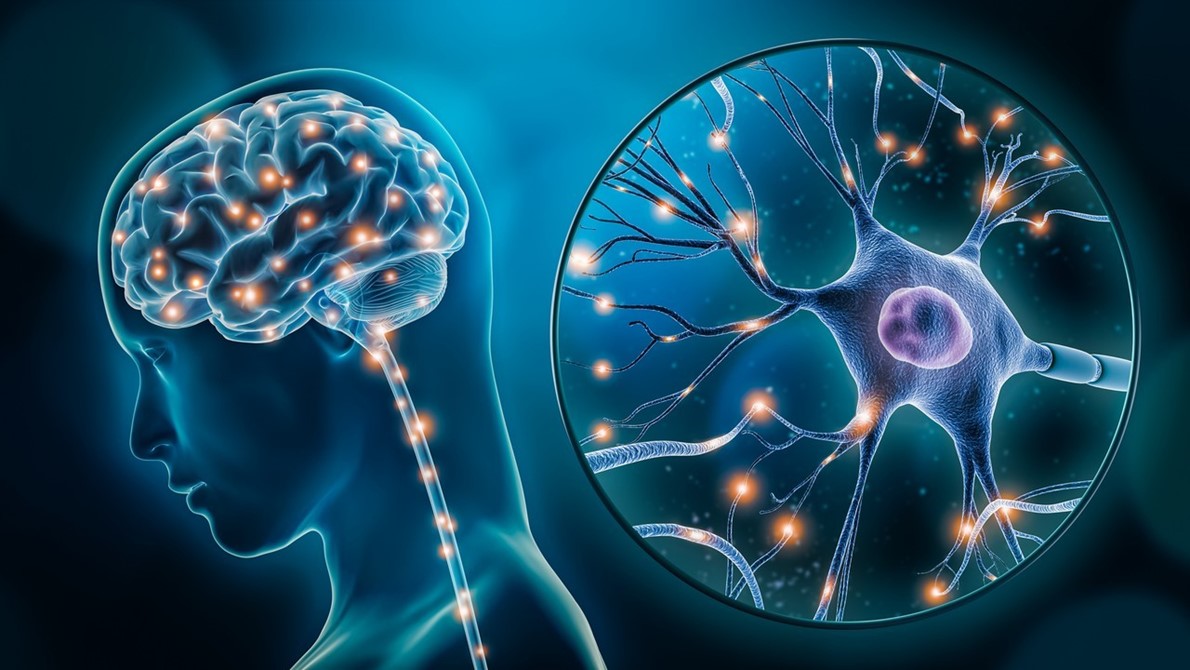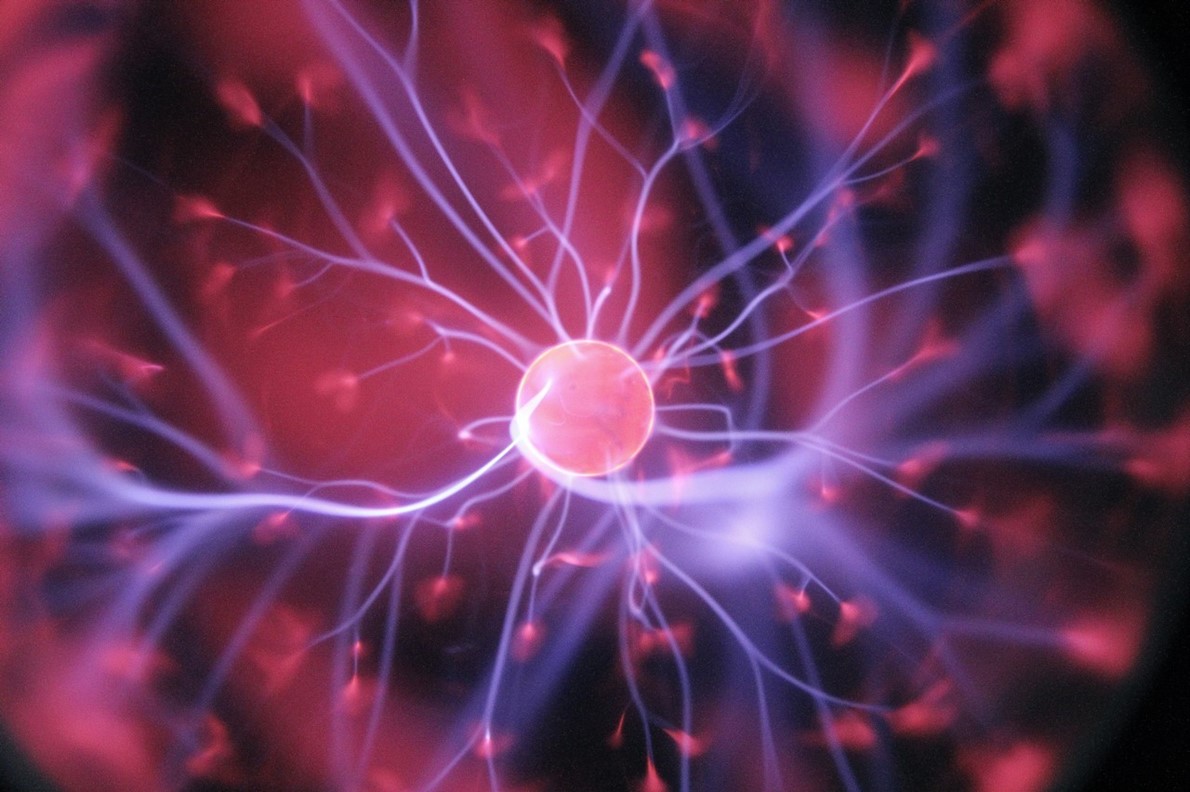We have all probably heard the
expression “you
can’t teach an old dog new tricks”. It means that as we get older, it becomes
hard to break old habits and learn new things. As it turns out, the past 100
years in neuroscience research may say otherwise.
اضافة اعلان
Our brain is a truly unique, complex organ. Despite
advances in research and medicine, it is one of the least understood organs in
the human body. Nevertheless, great headway was made in the research of the
brain over the past several decades, one of which resulted in the concept of
neuroplasticity.
How does the brain work?
The brain is composed of roughly 100 billion
neurons. It is helpful to think of neurons as short pieces of wire, as both are
insulated and carry an electrical charge. The neurons connect in specific
pathways and fire electrical impulses that produce thoughts and communicate
with the rest of the body to perform action. These pathways are formed as we
develop, experience, and learn.
It was originally believed that the
brain stopped developing within the first few years of life and it was only during
critical periods in early development that connections were formed. Once these
connections were formed, it was also believed that they were fixed in place and
could not change as we age. Based on this belief, it was thought that if any
damage occurred in the brain later in life, new connections and regeneration
was impossible, thus resulting in functions being lost forever. It was not
until recently that this theory was discredited, and neuroplasticity came to be
known.
What is neuroplasticity?
The concept of neuroplasticity was first presented
in the early 1900s by William James in his book “
The Principles of Psychology”.
The term neuroplasticity was coined by Polish neuroscientist Jerzy Konorski and
by the 1960s, exploration of neuroplasticity truly began after a wide range of
studies was released on the subject.
In short, neuroplasticity is the term used to
refer to the phenomenon by which the brain can change and adapt in response to
stimuli. When applied to the connections and pathways of neurons, this means
that we are able to reorganize and form new connections, regardless of age.

To date, there are two recognized forms of
neuroplasticity: functional plasticity and structural plasticity. Functional
plasticity refers to the brain’s ability to relocate a function to other parts
of the brain as the result of damage. This is commonly seen in people who
suffered a stroke or other forms of brain trauma. Structural plasticity, on the
other hand, is the more exciting form as it refers to the brain’s ability to change
its physical structure as a result of learning.
Why is neuroplasticity important?
In infancy, the brain undergoes rapid growth. At
the time of birth, it is estimated that each neuron has approximately 2,500
synapses, which are small gaps that serve as points of connection between
neurons that can transfer electrical impulses. By the age of 3, the number of
synapses per neuron increases dramatically, to 15,000. In adults, however, the number
of synapses gets reduced to half as much. This is due to a process known as
synaptic pruning. Synaptic pruning is the result of connections strengthening
and being eliminated due to new experiences. The neurons that are more
frequently used develop stronger connections, while those that are less used
weaken and eventually die. This entire process allows the brain to adapt to
changes in the environment, and master certain functions in which it may have
become deficient. By understanding neuroplasticity, we are able to reduce the brain
atrophy that occurs naturally with age.
Benefits of neuroplasticity
Due to the fact that neuroplasticity can occur
at any age, it is never too late to reap the benefits. Neuroplasticity can
improve the ability to learn new things, and existing cognitive capabilities,
especially those that are less frequently used. Functional neuroplasticity also
holds promise for those who may have lost functions as a result of stroke or
other traumatic brain injuries. Function is naturally lost or declines with age
and neuroplasticity can help regain or strengthen some of that function, too.
Neuroplasticity and mental health
Neuroplasticity and conditions relating to
mental health are interlinked. When it comes to depression, the process of
neuroplasticity can have some negative effects. The reorganizing of pathways is
not always positive and depression can result in damage to brain, and new
unhealthy and maladaptive pathways may be encouraged while healthy and adaptive
pathways are discouraged. However, by the same process, some treatments of
depression can stop the damage to brain and possibly reverse it.
 Cognitive behavioral therapy (CBT)
Cognitive behavioral therapy (CBT) is a
psycho-social intervention that focuses on challenging and changing thoughts,
beliefs, and attitudes. The very principle of CBT relies on neuroplasticity to
occur in order to remodel the brain and produce healthy pathways. However, the
process may be slow and requires a great amount of effort. In those with
anxiety, unhealthy pathways have formed in the amygdala (the fear center of the
brain). Certain medications and therapy may help manage the symptoms of anxiety,
but the pathways still exist, and any trigger may result in anxiety once again.
Research is still under way with therapies that help promote neuroplasticity in
order to manage symptoms and potentially cure anxiety altogether.
Neuroplasticity and chronic pain
Similar to thoughts, pain is simply a firing of
neurons. Research into neuroplasticity as a way to manage chronic pain is still
going on, but a number of interventions already happened. Through medical
intervention, neuroplasticity can be induced and has shown some potential. An
invasive intervention known as transcranial direct current stimulation uses
electrodes which are implanted in specific areas of the brain in order to
synthetically stimulate certain responses. A non-invasive intervention known as
transcranial magnetic stimulation uses magnetic stimulation in order to
stimulate certain response.
Although there are new ground-breaking medical
interventions for neuroplasticity and chronic pain, fasting may also be used in
the treatment of chronic pain. Intermittent fasting is associated with many
health benefits, including extending the lifespan, but fasting may also play a neurobiological
role.
Physiologically, intermittent fasting can help
improve cellular function by reducing inflammation and oxidative stress, and
increase cellular metabolism, all of which can help reduce central and
peripheral inflammation. In terms of neuroplasticity, fasting increases
synaptic plasticity (rearranging of connection) and may also cause neurogenesis,
which is the production of new neurons from neuronal stem cells.
How to improve neuroplasticity
Neuroplasticity occurs when experiencing and
learning new things. The process is slow but effective. Any activity that is
challenging or requires the learning of a new skill helps promote
neuroplasticity. Learning a new musical instrument, non-dominant hand
exercises, and creating artwork have all been linked with improved
neuroplasticity.
Similarly, new experiences may also promote the
formation of new pathways or re-enforce old ones.
Traveling exposes the brain
to new stimuli and environments. In terms of lifestyle, sleep is vital to
neurons health and chronic insomnia has been linked to brain atrophy (cell
death), while proper sleep can help promote neurogenesis.
Intermittent fasting, as mentioned earlier,
also increases synaptic adaptation, promotes neuron growth, improves overall
cognitive function, and decreases the risk of neurogenerative diseases such as
Alzheimer’s.
Read more Health
Jordan News



